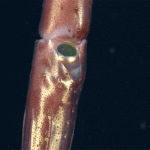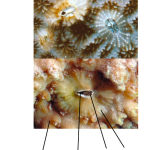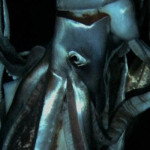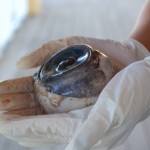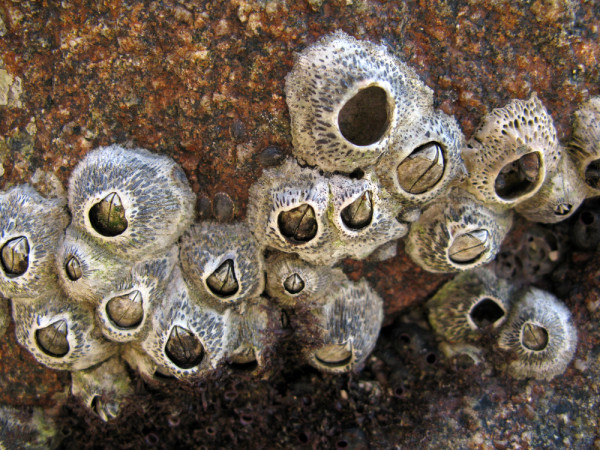
Reader Jonathan W. wrote into DSN with this
You guys are some of the most accessible in marine science, so I thought I pose this incredibly specific question that’s nagged at me for years: We all know a nauplius has a compound eye, but I’ve run across passing mention of *adult* barnacles retaining an eye or eye spot somewhere that can sense light and dark…Does a mature barnacle possess an “eye?” If so, where is it?
Well Jonathan W. adult barnacles do have an eyespot. It is a third eye that occurs in the middle of their crustacean foreheads and aligns their arthropods selves with a cosmic energy.

Seriously though, the adult barnacle eyespot is much cooler than a cosmic eye. The larva crawls around until it finds a favorable spot to set up shop. Usually next to adults already hanging about, because no barnacle wants to be alone. At this point larva attaches their head to the rock or other hard surface using cement secreted by the first antennae. This triggers a metamorphosis that turns them into tiny adults. Basically a barnacle spends its entire life doing a keg stand, well without the beer or circle of frat boy cheering it one.
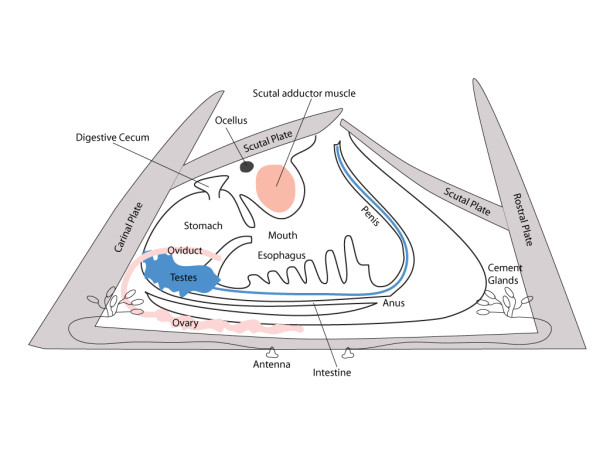
During this metamorphosis the compound eye is lost, shed with the larval exoskeleton. It is replaced with a group, called ocelli, of 3 large photoreceptors. These receptors have only an “on” or “off” response and can detect the presence or absence of light. As experiment try this: barnacles in shallow water will generally withdraw and close up when suddenly placed in a shadow.


